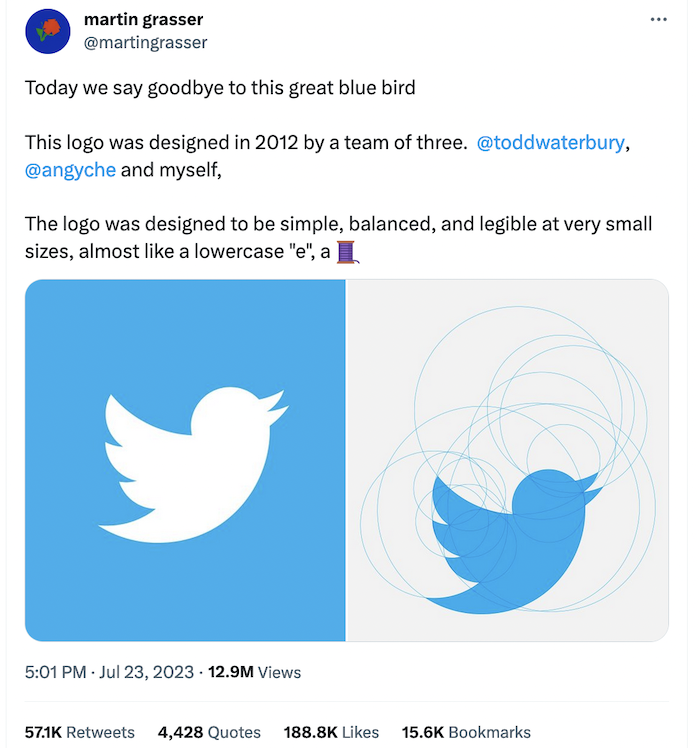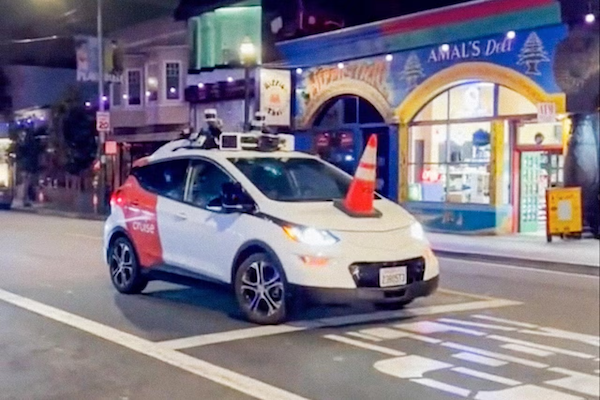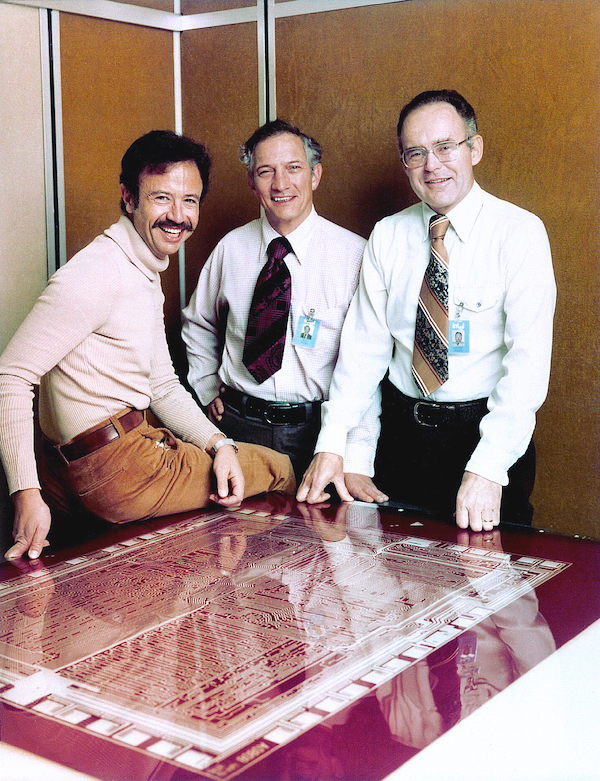
(quote)
“Hi, Joel? It’s Marty Cooper.” Engineer Martin Cooper cradled a bulky object to his ear, listening. The gray device had two rows of numbered buttons between the ear and mouthpiece. An antenna poked from the top, reaching skyward to pick up invisible signals from the city’s jangling atmosphere. Next to the sidewalk, cars and taxis zipped down Sixth Avenue through midtown Manhattan. It was April 3, 1973, and Cooper had just placed the world’s first cellphone call.
Cooper, who worked for Motorola, had just stepped out of the Hilton Midtown where he would soon officially demonstrate the wireless personal cellphone his team had developed. When a journalist approached him during the pre-event mingling, Cooper was struck by the impulse to manufacture a newsworthy anecdote—and decided to call Joel Engel, who led AT&T’s rival cellphone program. “I decided ‘Well, why don’t we give him a real demonstration?’” Cooper recalled years later. “And that’s exactly what we did.”
Today, there are more cellphones than people on Earth. Cooper’s DynaTAC cellphone—which turns 50 this year—transformed the way we keep in touch, reshaped the etiquette of public space and began the slow death of the wired phone system.
Though Cooper is hailed as the inventor of the modern cellphone, the device’s history began much earlier. “Whoever was first, there’s always somebody who was more first,” Hal Wallace, curator of electricity collections at the National Museum of American History (NMAH), explains. The phrase, known as the Sivowitch Law of Firsts, came from Elliot Sivowitch, the late television and radio historian who worked as a curator at the museum for some 40 years.
Take your eyes off your mobile phone, says inventor, 50 years on
The problem with mobile phones is that people look at them too much. At least, that’s according to the man who invented them 50 years ago. “I am devastated when I see somebody crossing the street and looking at their cell phone. They are out of their minds,” the 94-year-old told AFP from his office in Del Mar, California.
He gets his hands on the latest model every time it is updated, and gives it a thorough road test. But, he confesses, with several million apps available, it can all feel a bit much. “I will never, ever understand how to use the cell phone the way my grandchildren and great grandchildren do,” he says.
Cooper’s iPhone—which he says he likes to use mostly to speak to people—is certainly a very long way from the weighty block of wires and circuits that he used to make the very first mobile phone call on April 3, 1973.
At the time he was working for Motorola, leading a team of designers and engineers who were engaged in a sprint to come up with the first properly mobile technology and avoid being squeezed out of an up-and-coming market.
The company had invested millions of dollars in the project, hoping to beat out Bell System, a behemoth that dominated US telecoms for more than a century from its inception in 1877. Bell’s engineers had floated the idea of a cellular phone system just after World War II, and by the late 1960s had taken it as far as putting phones in cars—partially because of the huge battery they needed.
But for Cooper, that didn’t represent real mobility. At the tail end of 1972, he decided he wanted a device that you could use anywhere. So with the entire resources of Motorola at his disposal, he pulled together experts on semiconductors, transistors, filters and antennae who worked around the clock for three months.
By the end of March, they had cracked it, unveiling the DynaTAC—Dynamic Adaptive Total Area Coverage—phone. “This phone weighed over a kilo—about two and a half pounds—and had a battery life of roughly 25 minutes of talking,” he said. “That was not a problem. This phone was so heavy, you couldn’t hold it up for 25 minutes.”
That very first phone call didn’t have to be long. It just had to work. And who better for Cooper to call than his rival? “So here I am standing on Sixth Avenue (in New York) And it occurred to me I had to call my counterpart at the The Bell System… Dr. Joel Engel “And I said, ‘Joel, this is Martin Cooper… I’m talking to you on a handheld cell phone. But a real cell phone, personal, portable, handheld.’ “There was silence on the other end of the line. I think he was gritting his teeth.”
(unquote)
Image courtesy techxplore.com






